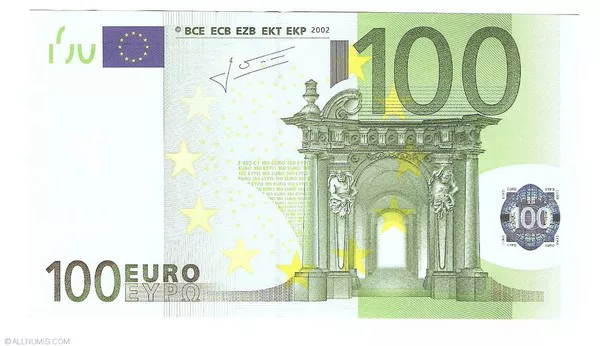In a detailed examination of EUR/USD trading patterns spanning from 1998 to 2023, the currency pair exhibited various trends, ranges, and anomalies that shaped its annual performance.
Yearly Performance Overview:
In 2023, EUR/USD experienced a dominant downward trend, trading lower by 828 pips, contrasting with the yearly dominant trend. However, it is crucial to note that EUR/USD showcased a substantial range, fluctuating from 828 pips lower to 760 pips higher within the year. Mini subdominant trends were observed, with trade ranges spanning from 692 pips higher to 414 pips lower.
Comparatively, since 1998, EUR/USD traded less than 2105 total pips in only two years – 2019 and 2018. The analysis further highlighted specific years where EUR/USD traded less than 2105 pips, contributing to a nuanced understanding of the currency pair’s historical performance.
Annual Dominance and Deviations:
Examining the dominant pip totals, EUR/USD traded 11 up years to 13 down years from 1998 to 2022. However, the inclusion of 2023, characterized as a dominant down trend year, altered the balance to 11 up years and 14 down years. Notably, from 1998 to 2010, there were seven up years to six down years, while the period from 2010 to 2022 witnessed six up years to seven down years.
Trends vs. Ranges:
The traditional EUR/USD trading pattern from 1998 to 2002 involved establishing a low or high within the first few months, followed by a sustained trend throughout the year. However, anomalies occurred in 2001, 2009, 2010, 2012, and 2013, where lows and highs traded in March, June, and July.
From 2014 to 2023, there was a return to the earlier pattern, with highs or lows often occurring in October, November, or December. An intriguing shift was observed in 2022 when the low occurred in September, challenging the established patterns and prompting speculation about EUR/USD’s synchronization with yearly trends.
Market Context:
The historical analysis places EUR/USD within the broader context of market trends, considering the 51st year of the 1972 currency free float and the second quadrant of markets from 2018 to 2030. Historical patterns and deviations are explored to provide insights into potential market risks and opportunities.
In conclusion, EUR/USD’s trading history showcases a blend of established patterns, deviations, and anomalies. The analysis serves as a valuable resource for traders and analysts seeking a comprehensive understanding of the currency pair’s behavior over the past decades.

























